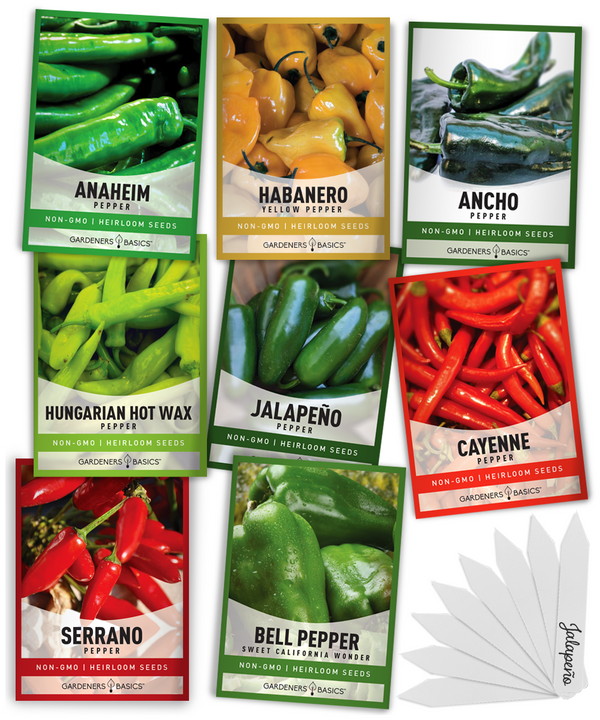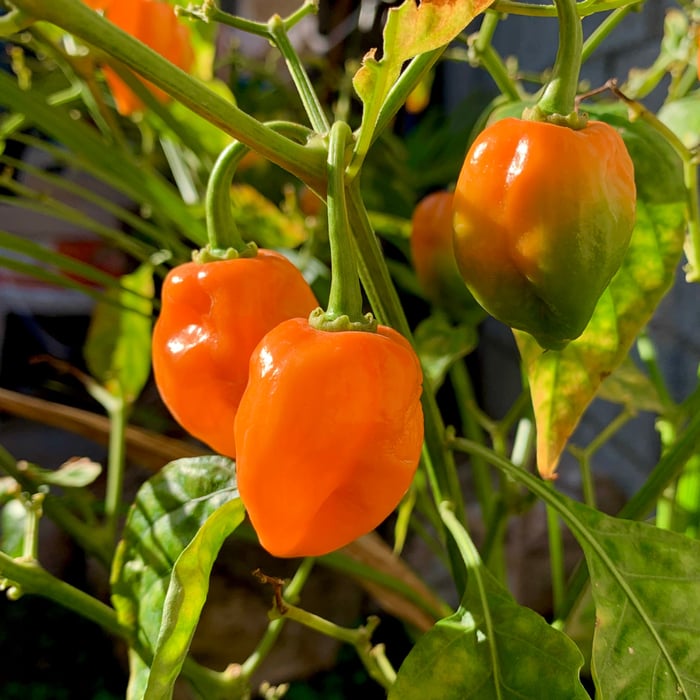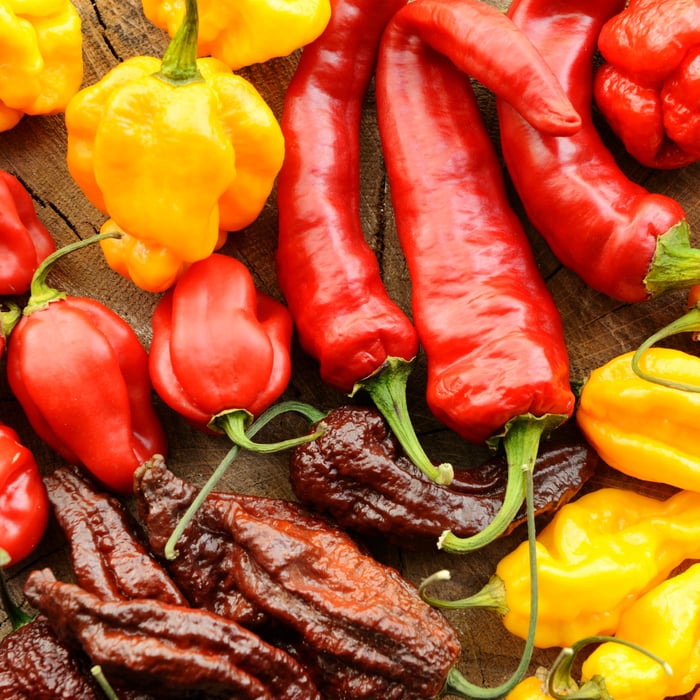Shishito peppers are a popular Japanese pepper that is often used in cooking due to their unique flavor and thin skin. The good news is that they are easy to grow in your garden, even if you are a beginner. In this article, we will cover all the steps you need to take on how to grow shishito peppers successfully.
Getting Started
Choosing a Planting Location
Shishito peppers grow best in full sun, which means they need at least six hours of sunlight every day. When choosing a location for your shishito pepper plants, look for an area that receives full sun for most of the day.
Choosing Shishito Pepper Seeds
To grow shishito peppers, you will need to purchase shishito pepper seeds. You can find them at most garden centers, nurseries, or online. When choosing seeds, look for ones that are fresh and have a high germination rate.
Determine Frost Dates
Before you start planting your shishito pepper seeds, it's essential to determine your area's frost dates. This information will help you decide when to start your seeds indoors and when to transplant them outside.
Starting Shishito Peppers Indoors
You can start shishito pepper seeds indoors about six to eight weeks before the last frost date. To start, fill a container with potting soil, and place the seeds about ¼ inch deep. Keep the soil moist, and use a heat mat to help the seeds germinate.
Transplanting Shishito Peppers
Once your shishito pepper plants have grown to about 2-3 inches tall, they are ready to be transplanted. Transplant your seedlings into raised beds or grow bags filled with potting soil. Make sure to space them about 18 inches apart to allow enough room for growth.
Pepper Seed Assortment | 8 Variety Pack

$15.95
8 Pepper Seeds Variety Pack – Heirloom, Non-GMO, Open-Pollinated, Non-Hybrid Seeds Elevate your garden with our 8 Pepper Seeds Variety Pack! This premium selection includes a mix of heirloom, open-pollinated, non-hybrid, non-GMO pepper seeds, perfect for beginner and experienced gardeners.… read more
Growing Shishito Peppers
To ensure that your shishito peppers grow healthy and strong, you will need to provide them with the right conditions. Make sure that they receive at least six hours of sunlight every day. If you don't have access to full sun, consider using grow lights to supplement the natural light.
Providing Water and Nutrients
Shishito pepper plants require consistent watering to ensure that they grow healthy and produce a bountiful harvest. Make sure to water your plants regularly and check the soil moisture frequently. The soil should be moist but not waterlogged, as this can cause root rot.
In addition to water, shishito pepper plants need nutrients to grow. You can add fertilizer to the soil or use compost to provide organic matter. Make sure to follow the instructions on the fertilizer package and avoid over-fertilizing, as this can cause more harm than good.
Protecting Your Plants
Shishito pepper plants are not frost tolerant, so make sure to protect them from frost. Cover them with blankets or bring them indoors if the temperature drops below freezing. In addition to frost, shishito pepper plants can also be susceptible to pests and diseases. Monitor your plants regularly and take action if you notice any signs of infestation or disease.
Harvesting Shishito Peppers
Shishito peppers are ready to harvest when they are about 3-4 inches long and have turned from green to red. Unlike other peppers, shishito peppers have a thin skin, so they can be eaten whole. To harvest them, simply twist them off the plant.
Tips for Growing Shishito Peppers
Use Good Potting Soil
Using good quality potting soil is essential to ensure that your shishito pepper plants grow healthy and strong. Make sure to use soil that is rich in nutrients and has good drainage.
Consider Using Raised Beds or Grow Bags
If you don't have space in your garden, consider using raised beds or grow bags to grow your shishito peppers. These containers are perfect for small spaces and can be moved around to maximize sunlight exposure. Make sure to choose containers that are at least 12 inches deep and have drainage holes to prevent water from accumulating at the bottom.
Pruning Your Plants
Pruning your shishito pepper plants can help promote growth and increase your harvest. Remove any dead or damaged leaves, as well as any branches that are not producing fruit. This will allow the plant to focus its energy on producing more peppers.
Troubleshooting Common Problems
If you encounter any problems while growing shishito peppers, here are some common issues and how to address them:
- Yellowing leaves: This can be a sign of overwatering or nutrient deficiency. Adjust your watering schedule and add fertilizer as needed.
- Pests: Aphids, spider mites, and whiteflies can be a problem for shishito pepper plants. Use insecticidal soap or neem oil to control infestations.
- Blossom end rot: This is a common problem for peppers and is caused by calcium deficiency. Add calcium to the soil or use a calcium-rich fertilizer to prevent this issue.
Conclusion
Growing shishito peppers is an excellent way to add unique flavor to your dishes. With the right conditions, shishito peppers are easy to grow and produce a bountiful harvest. Remember to choose a planting location with full sun, start your seeds indoors about six to eight weeks before the last frost date, and transplant your seedlings into raised beds or grow bags filled with potting soil. Provide your plants with consistent watering and nutrients, and protect them from frost, pests, and diseases. Harvest your peppers regularly to encourage more growth and maintain their flavor. With these tips, you'll be on your way to growing delicious shishito peppers in no time! Now you know how to grow shishito peppers, are you going to give them a try?







